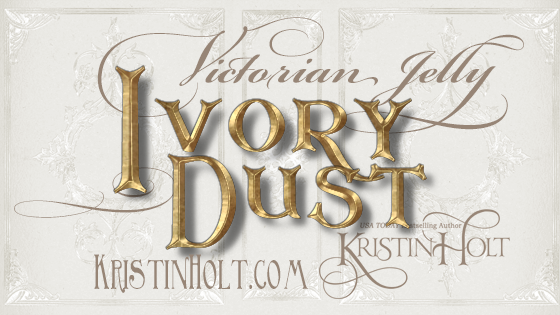
Victorian Jelly: Ivory Dust
Victorian-era jellies were thickened with a variety of articles–including ivory dust.
Yes, the dust created from carving and shaping ivory into things like knife handles.
Victorian-era U.S. publications tell the story.

Victorian-era jellies were thickened with a variety of articles–including ivory dust.
Yes, the dust created from carving and shaping ivory into things like knife handles.
Victorian-era U.S. publications tell the story.
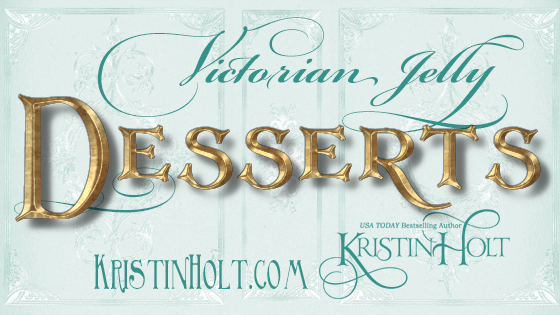
Victorians (in every English-speaking nation) adored jellied desserts.
Vintage recipes from cookbooks and newspapers (from both sides of the Atlantic) illustrate how cooks made foods gel.
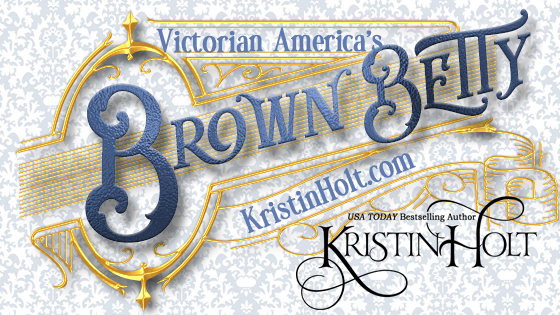
Victorian America’s BROWN BETTY: a teapot, and an economical dessert.
A smattering of recipes from mid- to late-nineteenth century cook books and newspapers paint an image of “brown Betty.” Victorian-era economy shines in these vintage instructions.
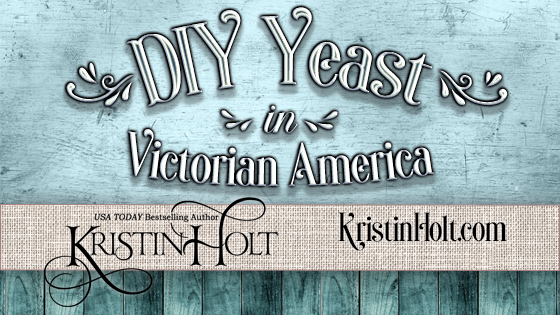
Nineteenth century breads often called for “a teacup of yeast,” a huge amount compared to today’s recipes. Victorian-era housekeepers (e.g. wives) made their yeast. And continued to whip up fresh batches of yeast (with a touch of the last batch as a starter) well after commercially prepared yeast waited on grocer’s shelves.
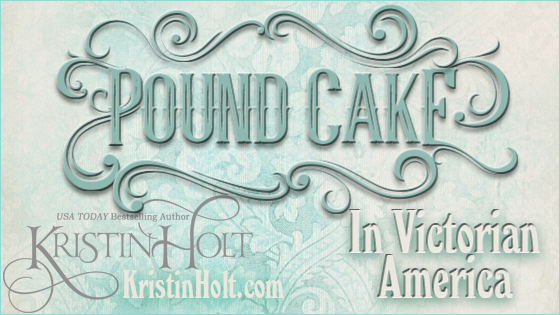
Today, March 4, is National Pound Cake Day ~ a perfect day to celebrate Pound Cake in Victorian America.
What is pound cake? What is it made of? Why was it a popular cake with 19th century bakers?